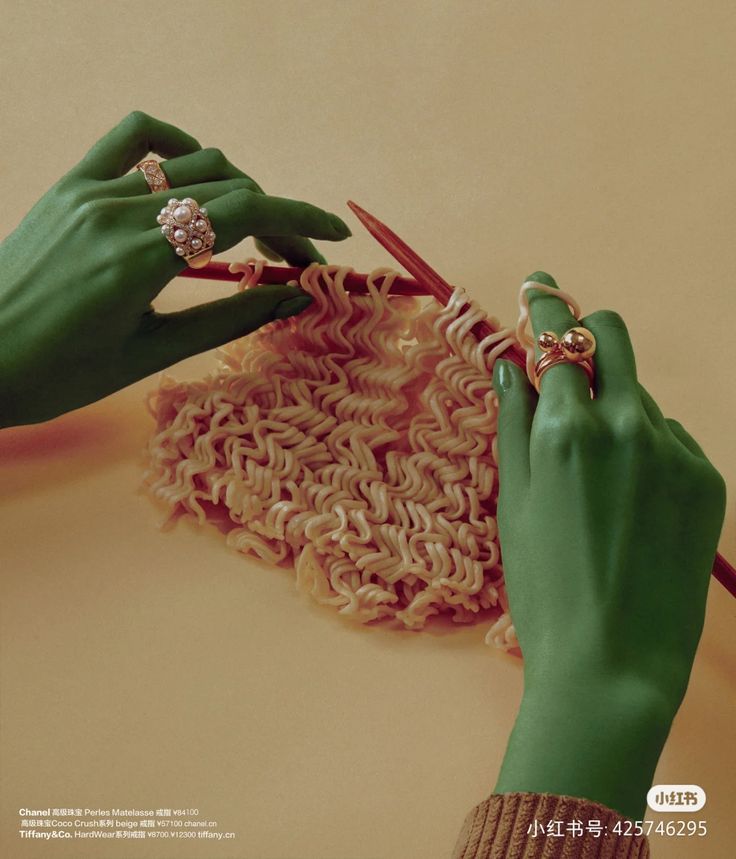In recent years, a surprising ingredient has found its way into fashion advertising: food. From high-end luxury labels to streetwear brands, food imagery is becoming a visual staple in campaigns designed to capture consumer attention. But why are so many fashion houses suddenly pairing handbags with pastries or couture with cappuccinos?
The answer lies in the powerful, universal appeal of food.
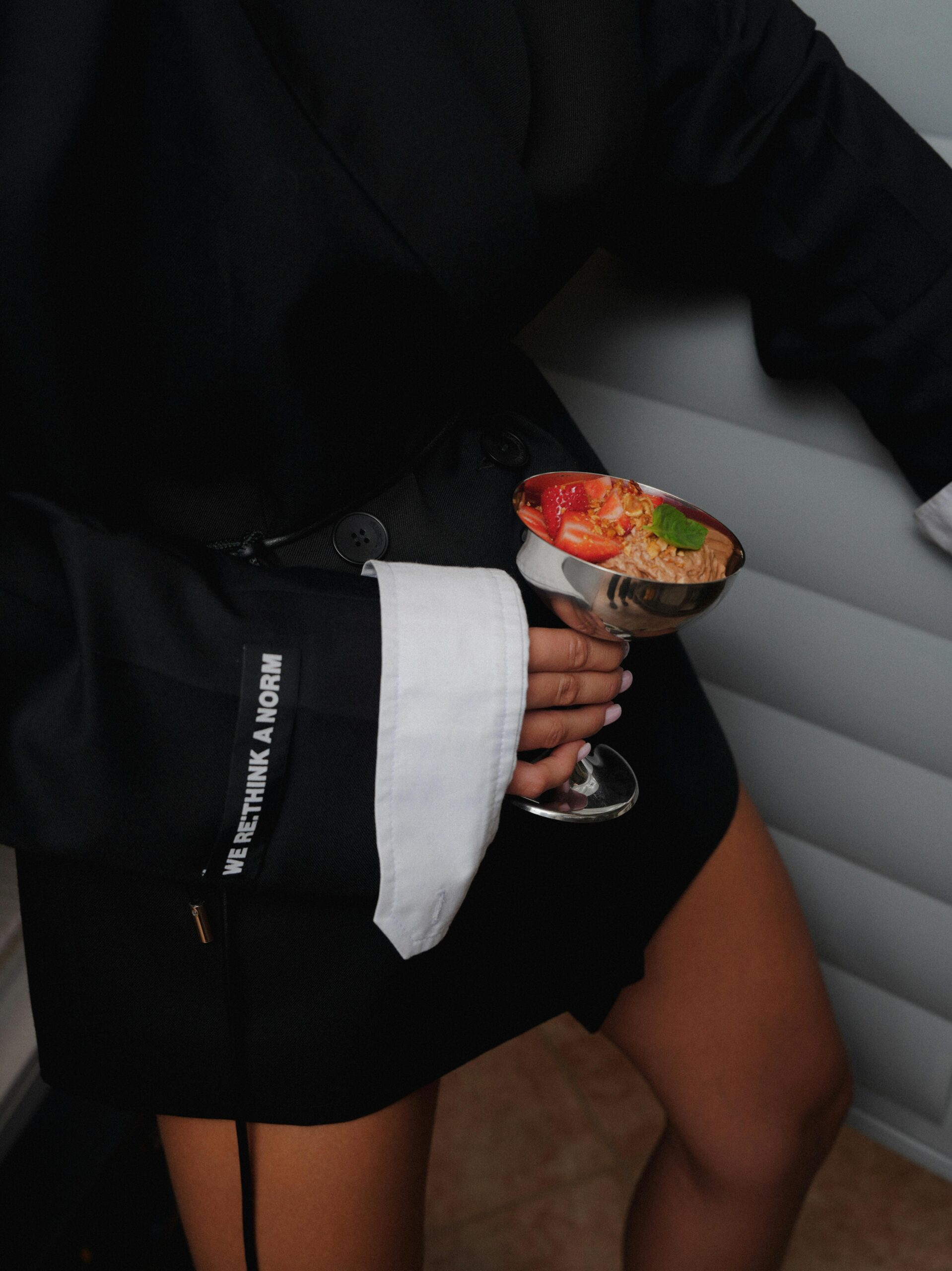 A Recipe for Relatability
A Recipe for Relatability
Food, like fashion, is a cultural marker. It can symbolize indulgence, comfort, aspiration, or tradition, often all at once. In a market saturated with polished visuals and unattainable aesthetics, food adds a layer of warmth and accessibility. By incorporating culinary elements, fashion brands create campaigns that feel more grounded and relatable without losing their aspirational edge.
According to The Business of Fashion, this trend is deeply aligned with the rise of “foodie culture,” particularly among Millennials and Gen Z, who often see food as both identity and experience. These consumers gravitate toward brands that feel human and culturally attuned, and food imagery offers a shortcut to that emotional connection. Source: BoF – Why Food Is Everywhere in Fashion Advertising
Fashion’s Culinary Turn: Campaign Examples
Gucci, known for its whimsical
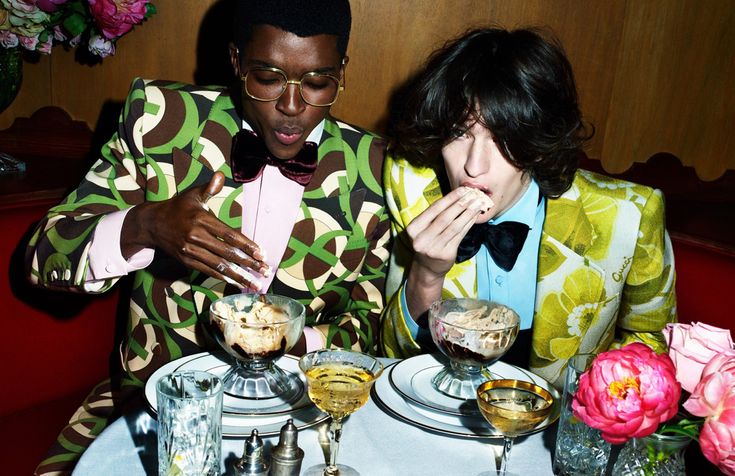
Photo: Gucci
and vibrant aesthetics, released a campaign where models are seen enjoying brightly colored popsicles. The result? A visually rich tableau that blends luxury with summer nostalgia. The food becomes more than a prop, it serves as an emotional anchor.
Prada has leaned into breakfast motifs, featuring scenes with croissants, espresso, and sleek morning rituals. These vignettes don’t just sell clothing, they sell a lifestyle that feels both luxurious and lived-in.
Louis Vuitton went maximalist with a campaign showcasing a lavish banquet table laden with fruits, pastries, and ornate tableware. The imagery suggests not just opulence, but community and celebration, connecting fashion to sensory experience.
These campaigns demonstrate how food can enhance storytelling, evoke emotion, and build brand identity in new and unexpected ways.
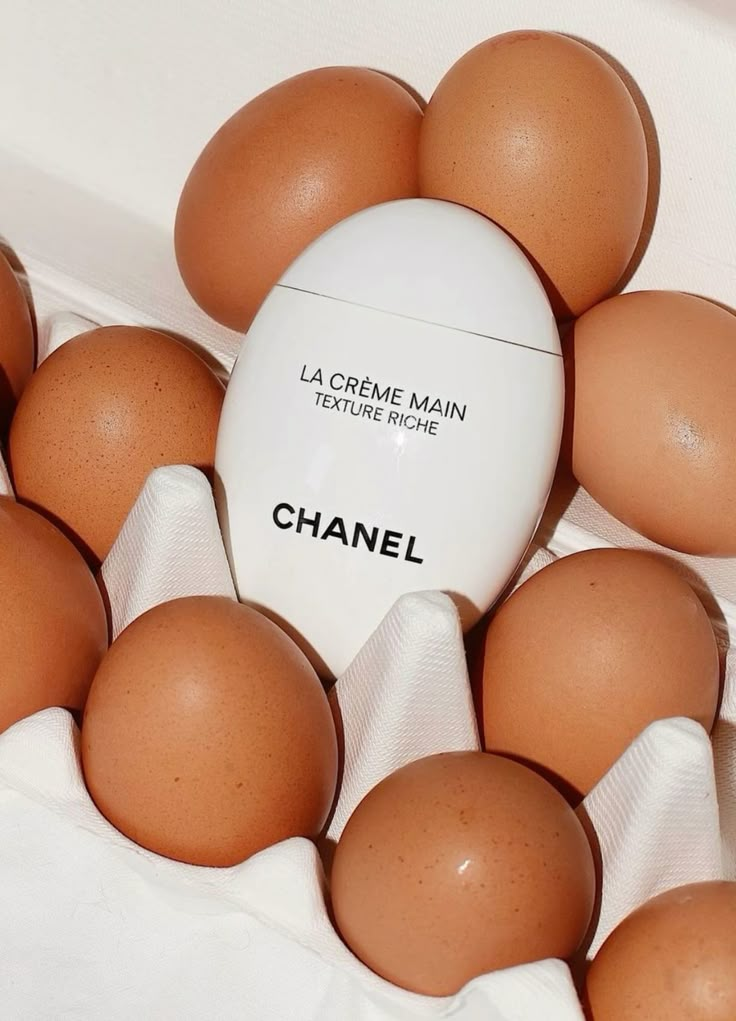
Photo: Chanel
The Sensory Advantage
There’s also a psychological component at play. Food evokes the senses: taste, smell, touch. Fashion, traditionally a visual medium, benefits from this multisensory association. When a viewer sees a model biting into a juicy fruit or sipping from a porcelain cup, they’re invited to imagine themselves not just wearing the clothes, but living the life.
Beyond Aesthetic: Strategic Storytelling
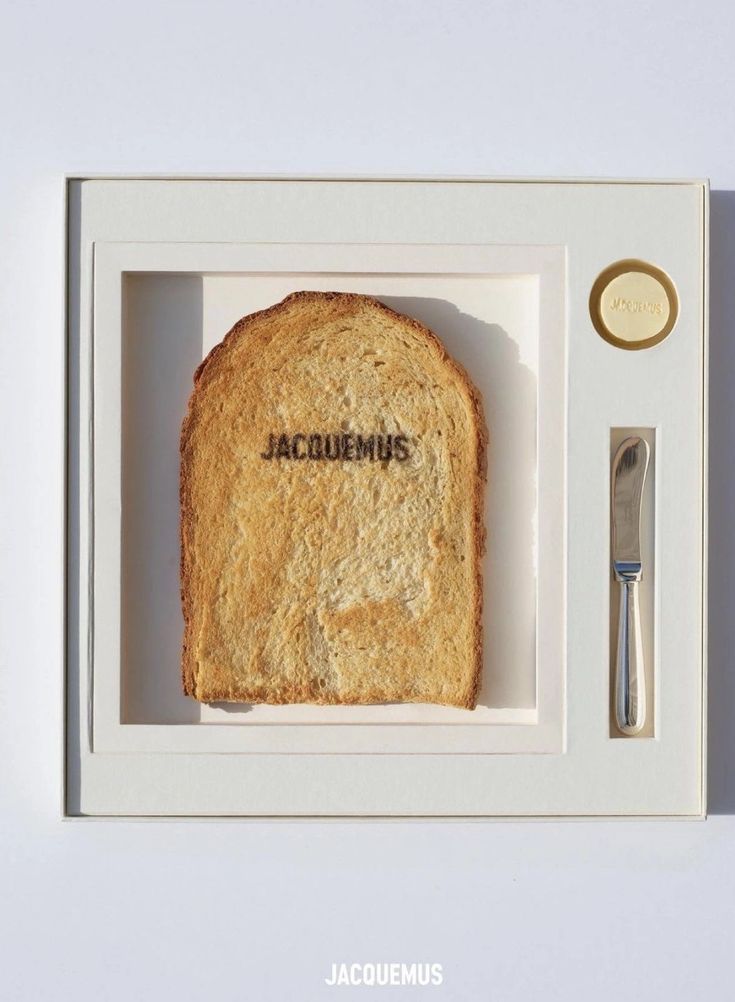
Photo: Jacquemus
This isn’t just about aesthetics, it’s strategic branding. In an era of social media, content needs to be thumb-stopping. Food imagery, especially when vibrant, quirky, or indulgent, performs well on platforms like Instagram and TikTok, where visual storytelling drives engagement.
Brands like Jacquemus, for instance, have gone viral for surreal, food-themed campaigns: think handbags the size of a baguette or fashion shows staged in wheat fields. These moments aren’t just about selling garments, they’re about creating cultural moments.
Conclusion: Feeding Fashion’s Future
By fusing fashion with food, brands are crafting campaigns that feel more intimate, inclusive, and sensory. In doing so, they’re expanding the emotional landscape of fashion marketing, moving beyond aspiration toward genuine connection.
As consumers continue to crave content that feels real and resonant, don’t be surprised if your next favorite fashion ad comes with a side of snacks.
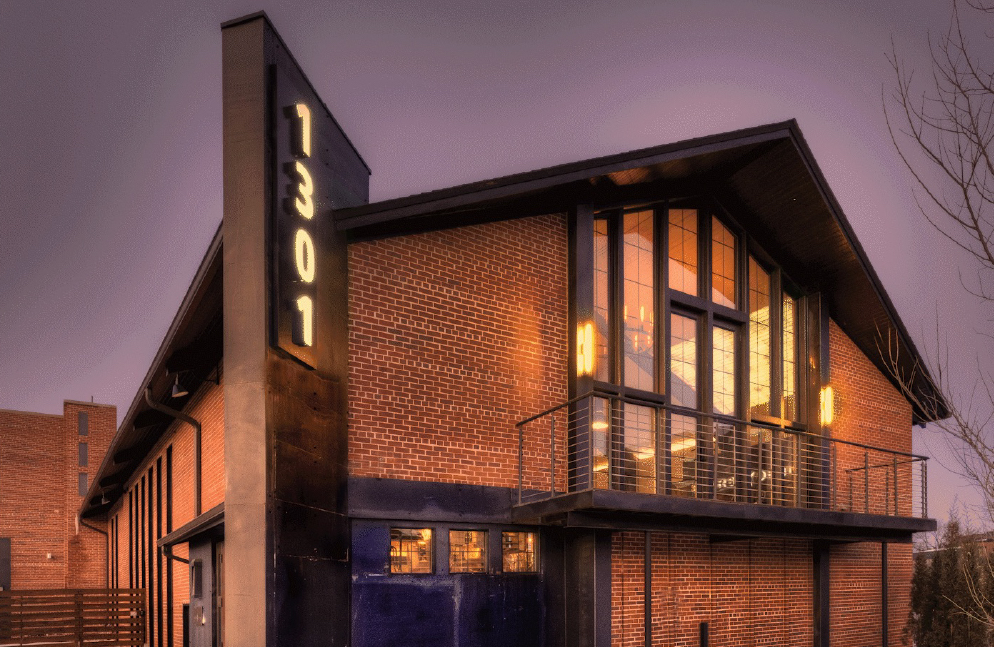 About Stars Design Group: Founded by industry experts, Stars Design Group global fashion design and production house that helps clients bring their apparel to market. We consult, design, and facilitate production and delivery.
About Stars Design Group: Founded by industry experts, Stars Design Group global fashion design and production house that helps clients bring their apparel to market. We consult, design, and facilitate production and delivery.
Understanding that the apparel industry is about evolution and not revolution, we continue to refine the way the industry does business. Embracing the latest 3D design and development software, we help to refine the design and approval process in a digital landscape, paving the way for rapid decisions and execution of programs while reducing mistakes, improving fit, minimizing returns, and increasing profit margins.
With a network of 67 factories in 14 countries worldwide, our relationships are generations deep. Being diverse in our manufacturing locations, we are nimble in an ever-evolving landscape and provide ethically manufactured apparel and accessories.

